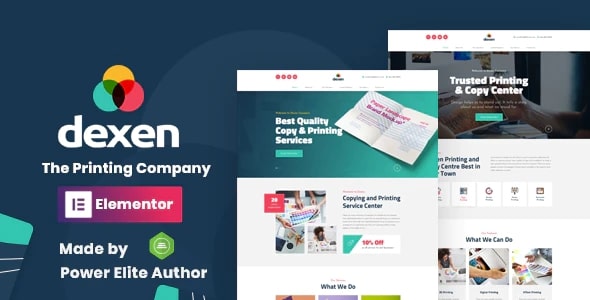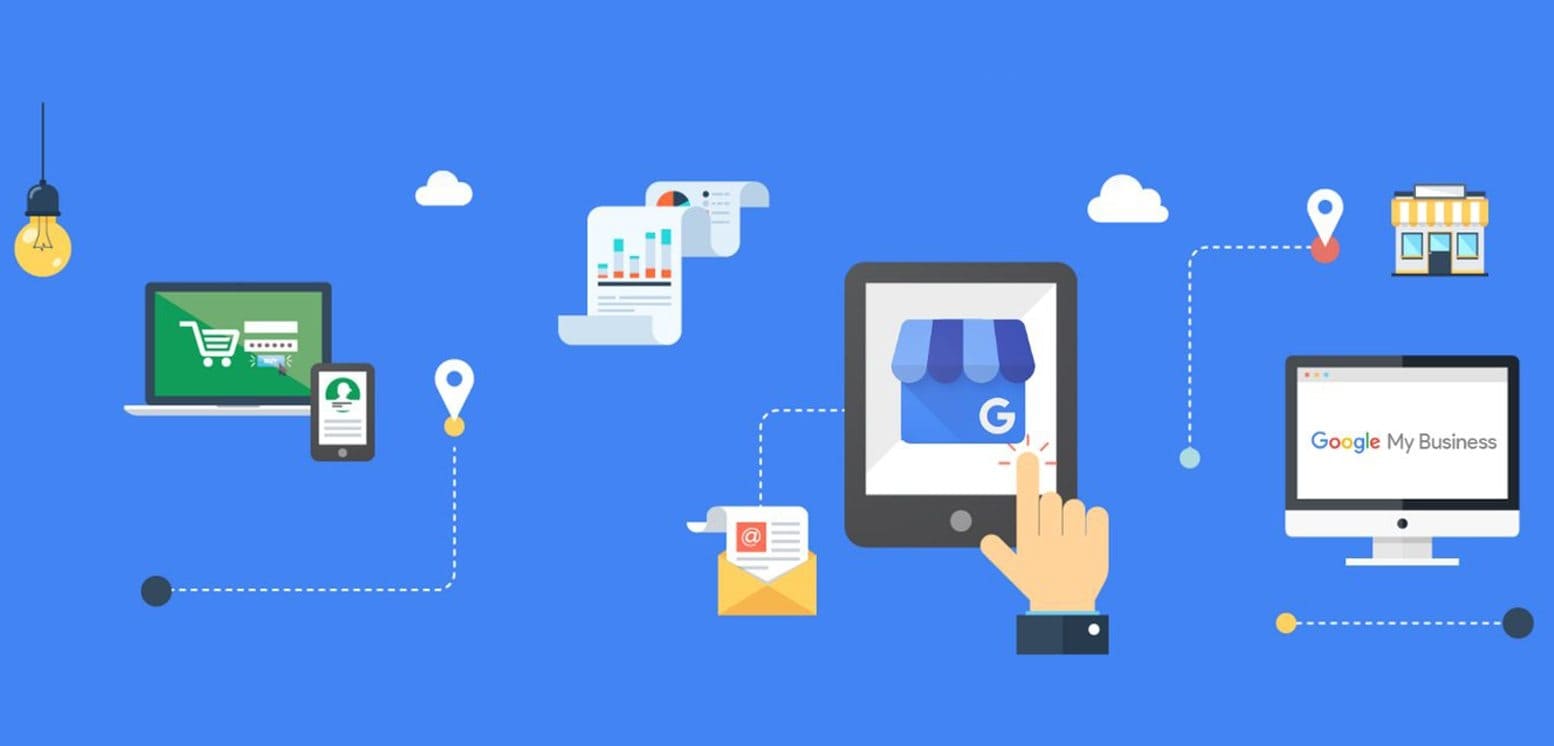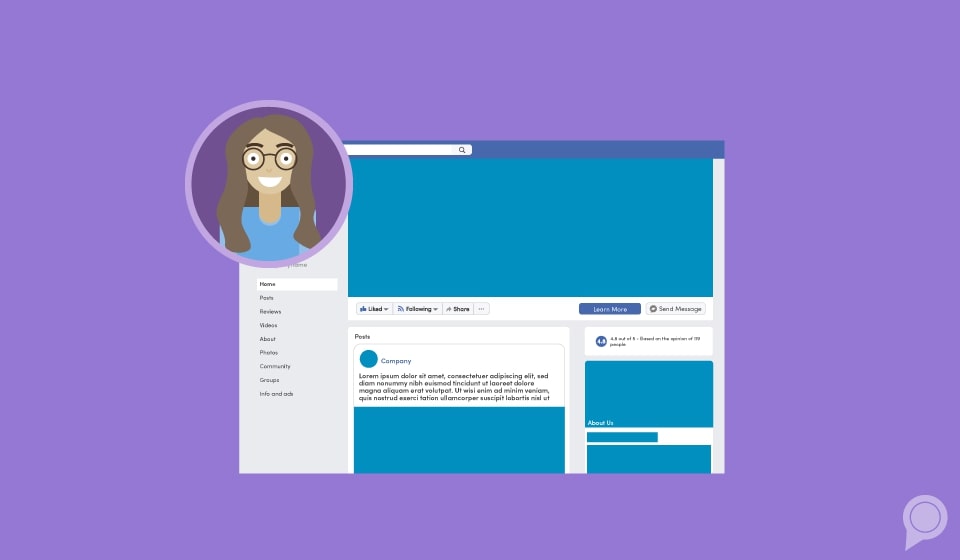How to build a marketing strategy for printing businesses - A complete guide in 2021
In the United States alone, the 2021 print business is estimated to be $68.7 billion. In addition to being incredibly competitive, print enterprises also have to deal with constantly changing technology and trends. Many print businesses fail because of the intense competition they face. However, to stand out in a time when many printing companies are lowering their marketing expenses, it seems that increasing spending is the better option.
Even the print industry has found the tsunami of digital business to be unsettling. Businesses that had previously thrived have had to implement budget cuts or perhaps close their doors. Some things still need to be printed, but the days of corporate communication and advertising being primarily via printing are long gone. Most of the most effective print marketing methods are digital. In this modern digital age, these are the most effective techniques to promote your printing firm.
A few basic steps to build an overall marketing strategy for printing companies
Printing companies are good at helping their clients advertise and get results, but they don’t do a good job of promoting themselves. Marketing appears complicated and time-consuming, but it isn’t. The following key rules are important: understanding your clients, deciding what you want to communicate to them, and choosing the appropriate approaches.
Step 1: Determine your target audience
The first step of any successful marketing initiative is to understand your customers. Research your customers and develop profiles of the clients you wish to target. You might also consider the things they value, what they require, and what they are expecting from you. You can formulate more successful strategies by understanding the client’s needs.
The following are some approaches for determining the target customer and some suggestions on whom to target. To begin, consider a few inquiries.
- Are you the kind of shop that sells a lot of print to specific industries? If that’s the case, it’s important to treat them as prime target consumers.
- Examine the job titles of your customers. Is there a pattern or are there several instances of the same job title? They are one of your customers.
- What type of item do you wish to put on the market? What sector employs this product in an unusual way? This is an ideal customer (if you promote that product)
Step 2: Refine your message
Decide regarding what you will inform your clients about. What makes you stand out as a graphic designer? According to the marketing professionals, this is your messaging. You can express your thoughts in several ways. It can be organized in regards to overall branding or a specific campaign, such as your new large-format division.
The two most crucial parts of every marketing campaign are knowing your customers and developing your message. These are steps that will shape your strategies. A consultant at this stage may assist you in getting your thoughts in order and increasing your ROI.
Step 3: Decide on Your Budget

Knowing how much you can spend is straightforward. Many people believe it is going to be difficult and time-consuming, but it doesn’t have to be.
You already do it if you generate a marketing budget each year. If you don’t, then estimate how much you’ve spent on marketing in the past year, regardless of whether you used money or materials. If you’re happy with that number for the upcoming year, go ahead and use it. If you believe you can invest a little more, do so. It doesn’t have to be a complicated process.
If you are going to have a booth, participate in events, or travel, you’ll probably want to put more thought into these decisions, but in general, you just need to work backward from your channel efforts and then use that number to determine your overall budget.
Step 4: Establish a Unique Value Proposition
One of the more difficult aspects of the printing industry is that most businesses provide comparable services. All services produce similar technology and final results.
It is imperative to offer a unique value proposition to stand apart. You may have a sort of printing in which you excel, and may even have special technology in that field. To emphasize it, explain it in your description.
Some manufacturers do very well in microbreweries, sports clubs, and municipalities. You may be able to help the business messaging evolve if you have marketing knowledge to assist them with marketing materials (often the most difficult part).
Step 5: Reach agreement on channels
Though there are plenty of suitable marketing avenues for print companies, there are three basic options: offline, online, and email (Existing Customers).

National or local trade shows, local events, and direct mail are all ways to advertise offline. When dealing with sponsorships, don’t do those that merely include your name and brand because they aren’t useful. If you have decided to do trade fairs, you are either already an expert or you are obtaining all the information you need.
Local events are quite successful in their own right. When targeting specific customers, select a target group that visits and works at nearby local events. Have your samples ready for those customers to see and make a connection with them. In a similar vein, if they are packaging people, they bring sample containers.
You may increase your chances of success in the digital world by optimizing your website to appear in search engines, posting blogs, sharing on social media, running advertising, and sending an email.
If you’re sending out emails, do so as part of your internet marketing activities, but try to reach out to your previous and present consumers via email. If they can see you, they’re more likely to spend money. Your ability to be more strategic and creative in your email will increase their buying rate.
Step 6: Build the Infrastructure & Launch
That pretty much sums it up. After that, you’ll just build out your resources for each of your planned channels, targeting the specific individuals you selected and carrying out the themes you determined within the budget you outlined. Then start, go live, wait, etc.
Some tips for developing a printing business marketing plan in 2021
#1 Keep an eye on your competitors
The availability of instant access and visibility over the internet has significantly intensified printing companies’ competition. You don’t compete with only a few local companies anymore. You also have to think about worldwide brands.

Therefore, keeping your competition constantly monitored is the next thing you need to do to attract consumers for printing. Innumerable factors affect your print sales. Your competitors play an important influence in your company’s success. Therefore it is crucial to take the right actions to achieve a competitive edge by continuously upgrading and learning from your competitors.
Once you know how your competition offers it, you just have to ask yourself the following questions: “What makes your firm unique?,” “What characteristics will enable you to stand out?” Once you correctly answer these questions, you’re good to go!
*Tip: Don’t go against VistaPrint
Many people who start printing are asking whether they should try to replicate a business such as VistaPrint, especially with the feature to develop and process print orders completely on their websites.
The response to the ordinary neighborhood print shop is no. The major problem is that it is prohibitively costly and complicated to create a website like VistaPrint. It’s a big investment that a little local shop won’t get back. The second concern is that Vista Print is already available. If you wish to enter the industry, how are you going to get market share? Have you the resources to market them? How are you going to distinguish your services?
A website is a leading generation tool for the local print shop. The aim is to have prospects for early work phases. You can list basic rates and explore different design aspects, but aim at your local market, not the national internet markets where you must fight against major players such as VistaPrint.
#2 Release in local newspapers and industry publications

Publishing in local newspapers, magazines in the industry, and so forth is yet another wonderful digital marketing approach for printers. Rather, the aim is to develop valuable content for websites or news publications that are informative and make you a leader in printing.
In this manner, the website that you publish gets high-quality material and a do-follow link to increase your domain authority. You can boost the domain authority of your website by gaining links in local and online publications, also referred to as link building or backlinking, that in turn improve your rank on Google’s results.
However, it can pay a little more than occasionally simply gaining a link. Digital PR focuses on the posting of articles that might contribute to brand awareness and which do not only rely on a do-follow link for value. For printing companies who are trying to survive in the declining printing sector, this is highly crucial. For example, the Community Q&As which spotlight small company owners raise awareness of brands, and secure a link from a relevant, official source to your website.
#3 Develop a strong website
Like all today’s companies, a printing service requires a nicely designed website that is professional and experienced. Since printing is a design service, your site is an integral element of your portfolio. Your website should be clean and current. Also, whether on-page photos or PDFs, your actual work portfolio needs to be easy to browse.

Make sure that your website contains a strong call for action to encourage them to contact you. Keep your navigation straightforward especially if you have a lot of print services on your site.
Ensure that it is easy to download designs and photos in all the formats with which you deal. Provide explicit instructions on how to transmit downloads and test the process to ensure that there are no crashes.
#4 Start promoting content with an insightful blog
You probably heard this saying: content is king when it comes to marketing. According to the Content Marketing Institute, a remarkable 92% of marketers consider the content of their companies to be an asset. So valuable material is for a company.
By providing high-quality instructive material that answers potential customer inquiries or discloses tips and methods, you may improve the traffic of your organic website and lead.
#5 Optimize the search engine (SEO)
Optimizing the search engine is the process of boosting the visibility of a website in search engines. This means more inbound leads for print enterprises, without having to house the bucks for costly sponsored advertising.
Any SEO plan of quality begins with a detailed SEO audit. You can only find out what problems your site has in communicating with search engines through an audit. SEO tactics are based on research in industry, competitive analysis, keyword research, and more; however in the end an effective plan to boost your online presence comes to fruition.
Then SEO helps to upload search engine results pages through content marketing, backlinking, local SEO services, and a lot of other strategies (SERPs). Technical SEO also enables you to optimize site speed, user experience, internal links and so much more to ensure that you never lose out on organic internet traffic. SEO is the foundation for any good marketing approach. It helps and improves all other parts of digital marketing and is noted for its quality ROI provision.
#6 Create and improve your Google My Business profile
One of the fastest and most efficient ways to boost your Internet presence is to just create and maintain a Google My Business Profile (GMB).

GMB profiles allow your business to be shown on Google maps and local results. For ordinary search inquiries, you are included in sponsored advertising, but above organic results.
GMB accounts also allow your company to appear on Google Maps, an ideal place to acquire local customers. And a conspicuous quote that contains not only an exact name, address, and telephone number (NAP), but also a link to your site can be sent.

An updated GMB profile is essential if you want to boost your online presence and see the marketing strategy of your printing firm succeed.
#7 Master Market Research
You want to demonstrate the traffic to your website for print-related searches in your location. There are three techniques to control the results of the search.
The first is pay-per-click publicity. These adverts run on auction-based platforms such as Google Adwords and Bing Ads. The key advantage here is that you can present the copy and the landing page on the top slots (reserved for paid ads). For example, you may want to run a business card ad. Your ad and your website page may match that offer.
Next, you have to set up Google My Business and rank it. This is the Google map listing and review site for geospatial searches. This is a free listing that may be optimized with your descriptions and client reviews.
Then you have the listings on the organic website. These are free clicks, with your site optimizing for keywords, acquiring links, social media traffic, and material added to your blog.
#8 Manage your reputation
Although your content is significant, there is another sort of internet content that is equally valuable: an online review. Consumers today consult online reviews, including print services, for most services. What’s said about you in the reviews influences your decision to work with you.
This begins with your own service. All you do with customers has an impact on your marketing. Today, a company needs to include customer service in its culture. In case of doubt, put the demands of the consumer first and amaze people with your service.

Furthermore, the follow-up urges individuals to examine you. Mention it in follow-up phone calls. Try to receive reviews on major platforms, including Google, Facebook, and Top Rated Local. Keep a close eye on what you’re saying and answer anything unpleasant. Reviews are also a good area to receive customer input to improve your service.
*Pro tip: Put your website with testimonials
Another fantastic technique to make customer feedback proactive is to include your testimonials on your website. This is a strategy to receive good feedback before consumers go to third-party websites.
You can have a testimonials page, but the most efficient way to diffuse your content is next to your calls for action. Video accounts are also very effective. Furthermore, there are widgets to insert reviews of Google or Facebook, and the Top Rated Local badge links to the site with a rating score of all of your reviews.
#9 Partner with local networks
One thing you can do is use your local networks. As a printing company, you can take benefit of local references. Each business with which you work can become a connection where you refer to new customers.

As a printer, it extends your reputation management in numerous ways. You must receive local references. However, because you are connected to so many companies, you can also refer customers for certain services. Do that to them, and they will do the same thing for you.
#10 Create a business page for Facebook
Facebook offers excellent marketing prospects with the visual components of a printing business. The public (including your guides) is on Facebook. Many people ask for advice and find Facebook companies. There you need a presence.

This presence is your business page on Facebook. Half a website, half a social media update. It is a website that allows you to put all your business information, call for an estimate, and even chat via messenger directly with leads.
You also post on your schedule so that people can feel their employees, work, and daily life inside and out of your enterprise. You should connect and remark on your contributions with your partner companies.
Final Words
Building a marketing strategy can be easier said than done for a printing company. It takes a lot of time and works if you want to do it correctly.
Ensuring that you offer specialty printing services can assist your clients to grow their businesses and attract new customers. Furthermore, several of these services are required for each of these seven customer groups described. Instead of offering a few things, which may or may not be what your consumers want, you offer a selection of solutions based on your customers’ current and future demands.
New Posts






